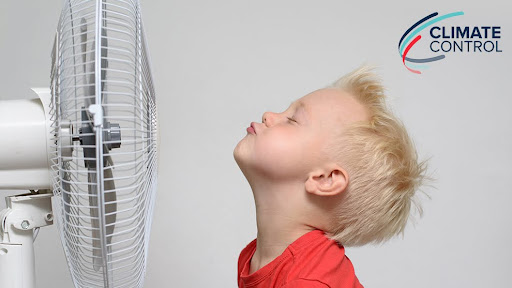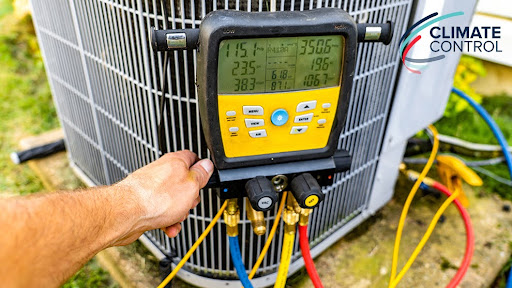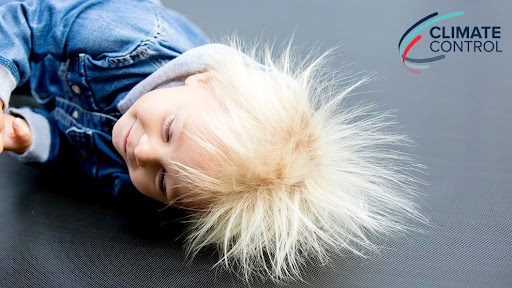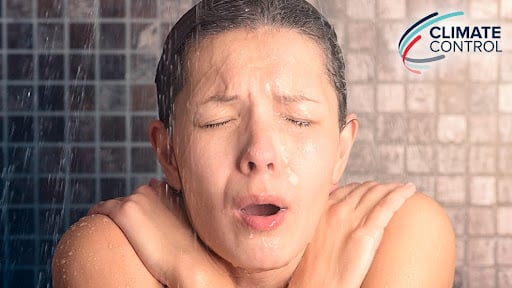
Any HVAC professional will tell you that clogged or dirty air filters can cause improper heating and cooling system operation, resulting in possible system damage or even replacement. That professional also knows that air filters can also help enhance indoor air quality (IAQ) in your home, which-which contributes greatly to your family’s good health. Given that, it makes it even more important to perform regular air filter maintenance on your system.
Luckily, taking care of your air filter is something homeowners can do themselves quickly and easily. The best thing to do is regularly clean/replace your system’s filter. If you want to test if your air filter is efficient at removing pollutants, allergens and other particles from your home, here is a quick test. Position your current air filter horizontally, then pour common table salt on the filter. If some or all of the salt comes out the other side, this probably means your filter is not effective at slowing down dust particles or other airborne pollutants of similar size. It may be time to upgrade to a more efficient air filter.
So, how do we know which filters are best at enhancing IAQ? The American Society of Heating, Refrigerating and Air-Conditioning Engineers (ASHRAE) refers to a rating system that determines a minimum efficiency reporting value (MERV). MERV ratings range from 1 (lowest) to 20 (highest), and are configured using the following: the filter’s projected life expectancy and the capability of the air filter to remove particles and resist airflow.
Following are the three main types of air filters and their MERV ratings:
- Flat-panel fiberglass. Composed of layers of fiberglass fibers, these filters are inexpensive, disposable and usually carry come with a rating of 1 to 4. While these filters have a medium efficiency rating for collecting larger airborne particles, they are generally ineffective at capturing smaller dust, dander and allergen particles.
- Pleated polyester. These filters are more expensive than fiberglass, but last much longer. The pleats allow for more surface area to capture smaller air particles and pollutants are rated from 5 to 13 on the MERV scale..
- High-efficiency particulate air (HEPA). These filters are recognized by the Occupational Safety and Health Administration as the best at removing air particles and pollutants. HEPA filters have a rating of 17 to 20, but there are a few drawbacks- they drastically reduce airflow and their size. Most residential heating and cooling systems are not equipped to work with HEPA filters. If you wish to switch to a HEPA filter, you will need the services of an HVAC professional to retrofit your furnace.
Meanwhile, change your old filter regularly. Refer to your furnace manual to determine the proper size, remove the old filter from the compartment or slot, figure out the airflow direction and install the new filter.
To learn more about air filter efficiency or for a fall tune-up to get your system ready for winter, call Climate Control Company today.







